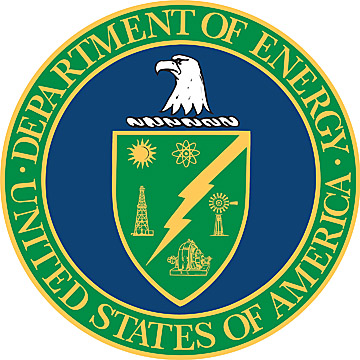 Rainfall Manipulation Plot Study
Rainfall Manipulation Plot Study
Climatic
variability is a major factor controlling the structure and function of
grassland ecosystems worldwide. The grasslands of North America were
formed by
climate changes originating during the Miocene-Pliocene transition
(Axelrod
1985), and their present day distribution and attributes are determined
primarily by regional temperature and precipitation gradients
(Lauenroth 1979,
Sala et al. 1988), and interactions
with fire and grazing (Risser et al.
1981, Knapp et al. 1998a). For mesic
tallgrass prairies in the eastern
Central Plains (tallgrass prairie), the mean and variability of precipitation strongly affects most ecosystem processes (Axelrod
1985,
Anderson 1990, Hayden 1998). On a continental scale, variability in
precipitation affects productivity more in these grasslands than in any
other
biome in
Altered rainfall patterns and warming are integral components of most global climate change scenarios. The Inter-Governmental Panel on Climate Change (IPCC) has suggested that potential increases in temporal variability in rainfall will impact biotic responses and processes in North American grasslands more than changes in annual precipitation quantity alone (Houghton et al. 1996; IPCC 2001). Further, the combined effects of increased temperatures and temporal variability in rainfall patterns on soil moisture and plant growth may be much larger, and in opposition to, the well-documented effects of elevated CO2 (Newton et al. 1996, Clark et al 1999, Huang et al. 2001). The sensitivity of grassland ecosystems to climatic variability, and the expected changes in temperature and rainfall variability predicted by general circulation models for North American grasslands renders uncertain future productivity and sustainability of these agriculturally and biologically important ecosystems. Hence, ecosystem responses to changes in climate means (temperature), and variability (rainfall), and interactions between these need to be assessed to develop a more complete and predictive understanding of climate/ecosystem dynamics.
Rainfall Manipulation Plots facility (RaMPs) is a unique experimental infrastructure that allows us to manipulate precipitation events and temperature, and assess population community, and ecosystem responses in native grassland. This facility allows us to manipulate the amount and timing of individual precipitation events in replicated field plots at the Konza Prairie Long-Term Ecological Research (LTER) site. Questions we are addressing include:
1.
What is the relative importance of more
extreme precipitation patterns (increased climatic variability) vs.
increased
temperatures (increased climatic mean) with regard to their impact on
grassland
ecosystem structure and function? Both projected climate change factors
are
predicted to decrease soil water availability (see below) but the
mechanisms by
which this resource depletion occurs differ.
2. Will altered precipitation patterns,
increased temperatures and their interaction increase opportunities for
invasion by exotic species?
3. Will long-term
(6-10 yr) trajectories of community and ecosystem change in response to
more extreme precipitation patterns continue at the same rate as initial
responses from years 1-6? Or will non-linear change occur as potential
ecological thresholds are crossed?
And will increased temperatures accelerate these responses?



